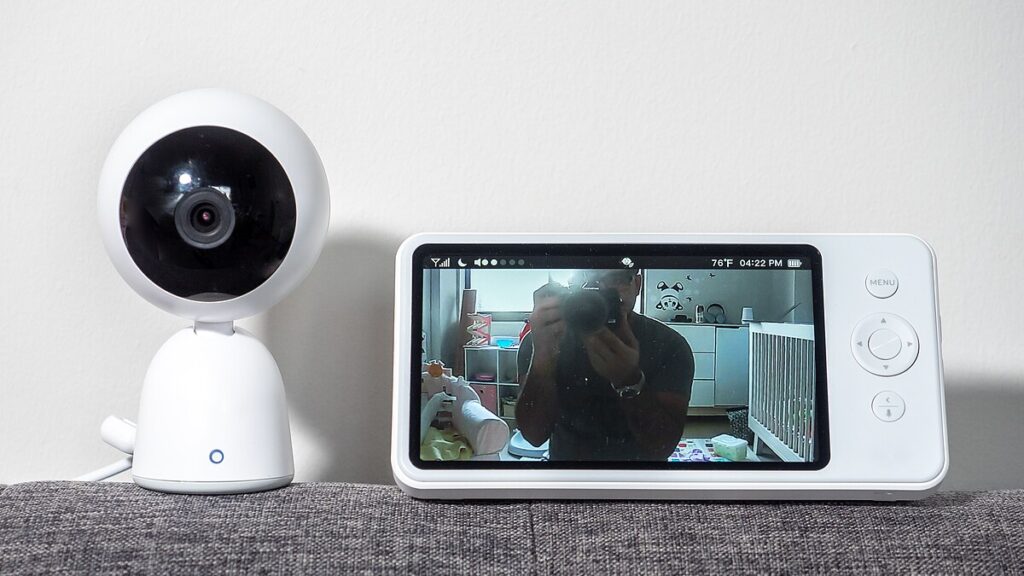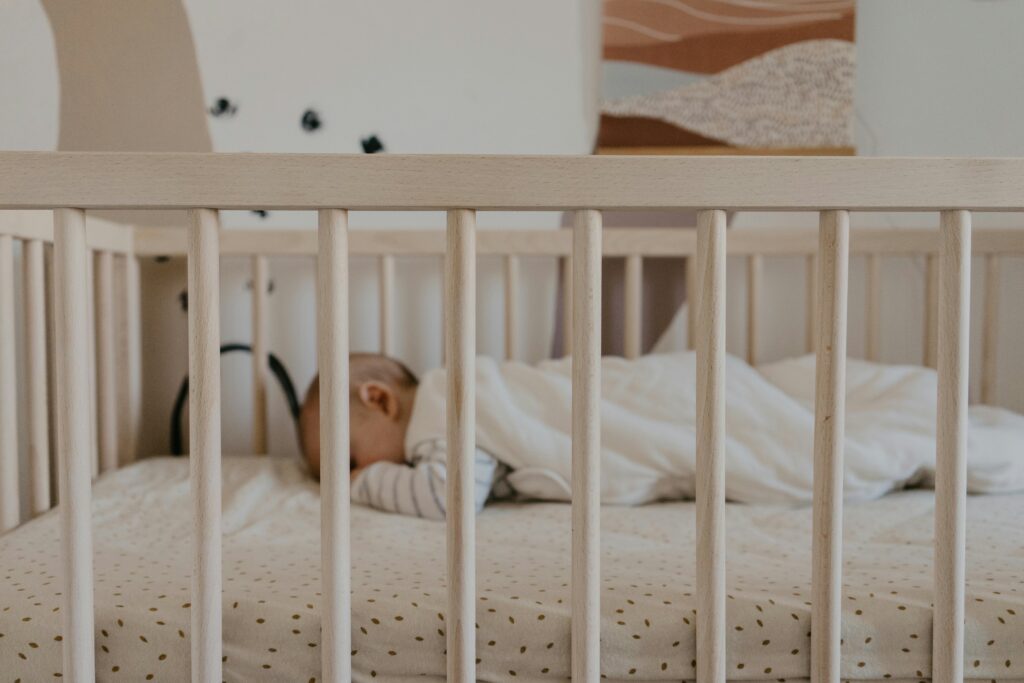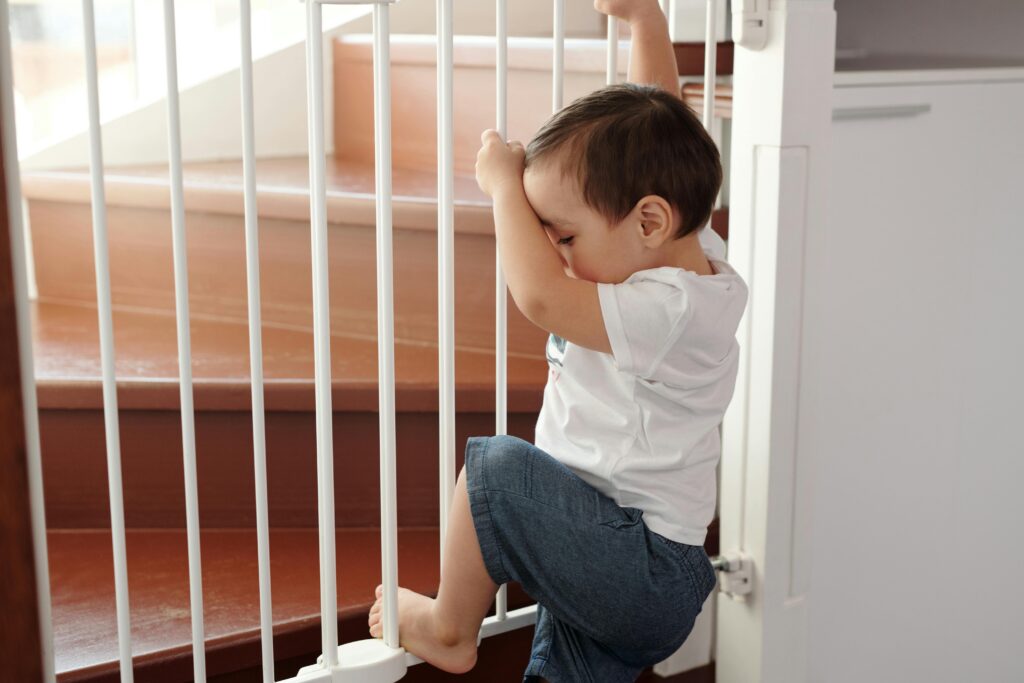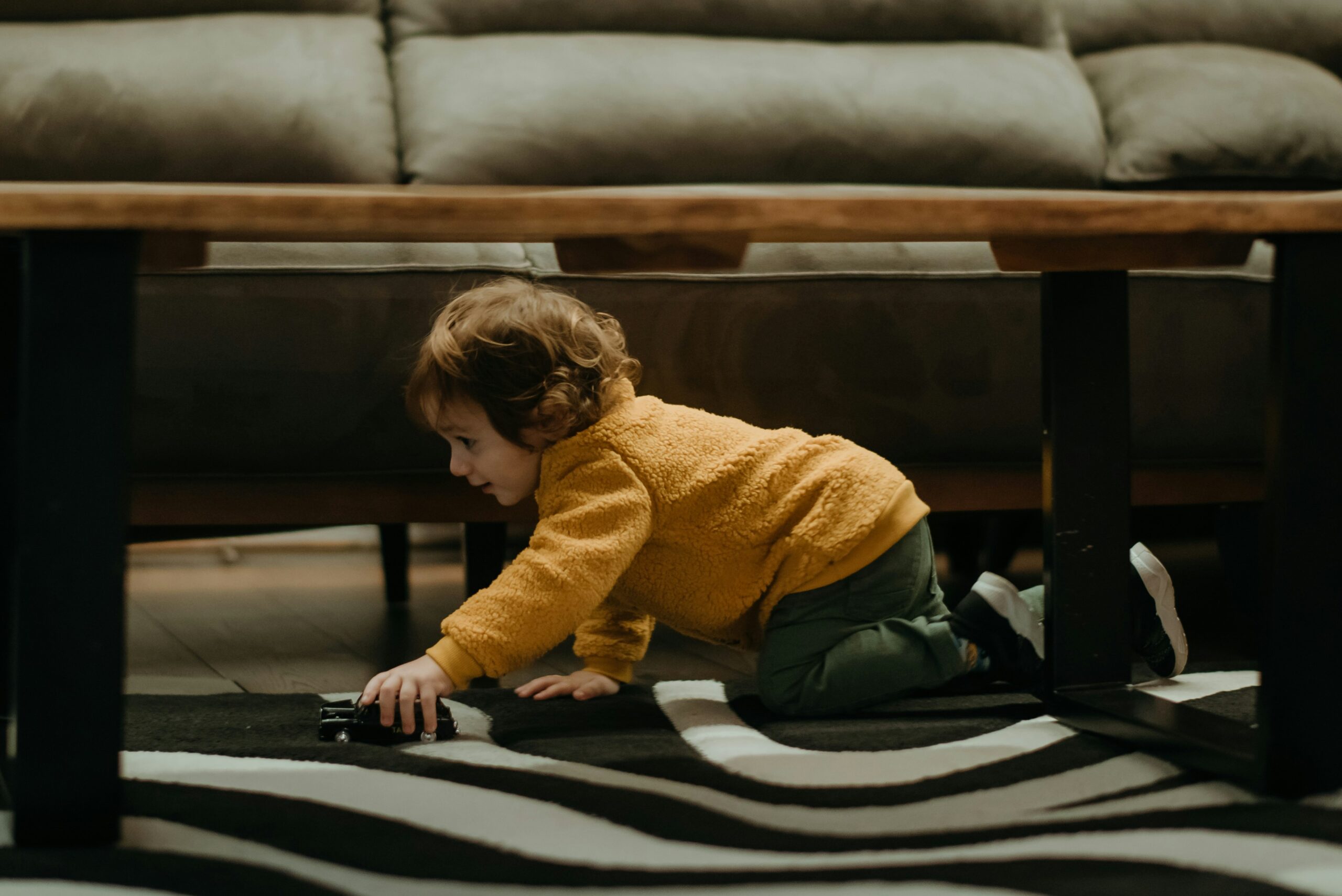How to Childproof Your Home in 2025
Modern family living comes with its fair share of joys—and challenges.
As homes become more connected, open-concept, and tech-driven, the ways we keep our little ones safe must evolve too.
Childproofing in 2025 isn’t just about outlet covers and stair gates; it’s about creating a smart, secure, and flexible environment that protects children in every corner of your home.
Whether you’re a first-time parent, a seasoned caregiver, or a renter preparing for a new tiny roommate, this guide will help you make your space safer without sacrificing style or convenience.
Why Childproofing Matters More Than Ever
In today’s world of smart devices, sleek furniture, and open layouts, potential hazards are everywhere. Childproofing has become an essential part of family living—not only to prevent injuries, but also to give parents peace of mind.
According to recent data, some 3.4 million children are injured at home every year.
The good news? Most of these accidents are preventable with a proactive approach and a few smart upgrades.
Smart Safety Upgrades for Modern Homes
Tech-savvy parents have access to a growing selection of tools to monitor and secure their homes more efficiently. Here are some of the most effective smart safety devices to include in your childproofing plan:
- Smart cameras: Indoor security cameras with motion detection can help monitor high-risk areas in real time.
- Wi-Fi-enabled baby monitors: Offer video, audio, and even breathing sensors—perfect for nurseries and play areas.
- Smart plugs with scheduling: Control electronics and prevent overheating or unintentional usage.
- Remote door and window sensors: Get alerts when doors or windows are opened unexpectedly.
Integrating these technologies into your home adds a layer of intelligent protection, making family living safer and more convenient.

Room-by-Room Childproofing Checklist
Each room in your home poses different risks, so a comprehensive childproofing strategy needs to cover all areas.
Here’s a breakdown to help you cover your bases:
Living Room
- Mount TVs and heavy furniture to the wall to prevent tipping.
- Use corner guards on coffee tables and sharp edges.
- Keep cords from blinds and electronics out of reach or secured.
- Store remote controls, batteries, and small objects in high cabinets.
Kitchen
- Install cabinet locks on lower drawers and cupboards.
- Use stove knob covers and heat-resistant guards.
- Store cleaning supplies and knives in upper cabinets or locked drawers.
- Secure trash bins with childproof lids or hidden storage.
Bathroom
- Add toilet locks to prevent drowning and accidental flushing.
- Use slip-resistant mats in tubs and on floors.
- Keep medicines, razors, and toiletries in locked cabinets.
- Install anti-scald devices on faucets and showerheads.
Nursery/Bedroom
- Ensure crib slats are no more than 2 3/8 inches apart.
- Keep mobiles and cords well out of baby’s reach.
- Use outlet covers or sliding socket plates.
- Anchor dressers and bookshelves to walls.
Taking a room-by-room approach ensures your entire home supports safe family living.

Non-Tech Essentials You Still Need
Even in a digital age, traditional childproofing tools are still highly effective.
Don’t overlook these everyday must-haves when creating a safer home for your child:
- Outlet covers: Simple and affordable, still a staple for curious toddlers.
- Baby gates: Ideal for blocking off stairs or high-risk areas like kitchens.
- Doorknob covers: Prevent access to closets, bathrooms, or storage rooms.
- Corner and edge bumpers: Minimize injuries from trips and falls.
These items are budget-friendly, renter-approved, and easy to install or remove without damaging your home.

Childproofing Tips for Renters and Small-Space Families
Childproofing isn’t just for homeowners.
If you’re living in an apartment or rental property, you can still take effective steps to protect your little one without permanent modifications.
Here’s how to adapt childproofing for any space:
- Use tension-mounted baby gates that don’t require drilling.
- Opt for adhesive-backed cabinet locks and outlet covers.
- Choose multi-functional furniture with hidden storage for toys and supplies.
- Organize and rotate toys to reduce clutter and tripping hazards.
- Use washable play mats to create safe zones in living areas.
Flexible childproofing is key to stress-free family living, especially in shared or compact spaces.
Keeping Up with Growth: Childproofing by Age
Your child’s needs will change rapidly, and so should your safety strategy.
Here’s a quick guide on how to adjust your home setup by developmental stage:
Newborn to 6 Months
- Focus on safe sleep spaces and monitor placement.
- Avoid loose bedding, crib bumpers, and plush toys.
6 to 12 Months
- Secure furniture and cords as babies begin crawling and pulling up.
- Cover outlets and lock cabinets.
1 to 3 Years
- Use baby gates, anchor furniture, and secure windows.
- Monitor small object hazards and choking risks.
3+ Years
- Reinforce safety rules and begin teaching boundaries.
- Keep medicines, tools, and sharp objects locked up.
Childproofing isn’t a one-time task—it evolves with your child.
Staying proactive supports safe, happy family living through every stage of development.
Create a Safe and Happy Home!
Childproofing your home is about blending modern tools with time-tested techniques to build a secure environment where your children can thrive.
By planning ahead, choosing smart devices, and making thoughtful adjustments for your space and lifestyle, you’re taking one of the most important steps in creating a safe and joyful home.
Ready to take the next step? Start with a home safety walkthrough today and upgrade your essentials room by room. A safe home is the foundation of confident family living.







